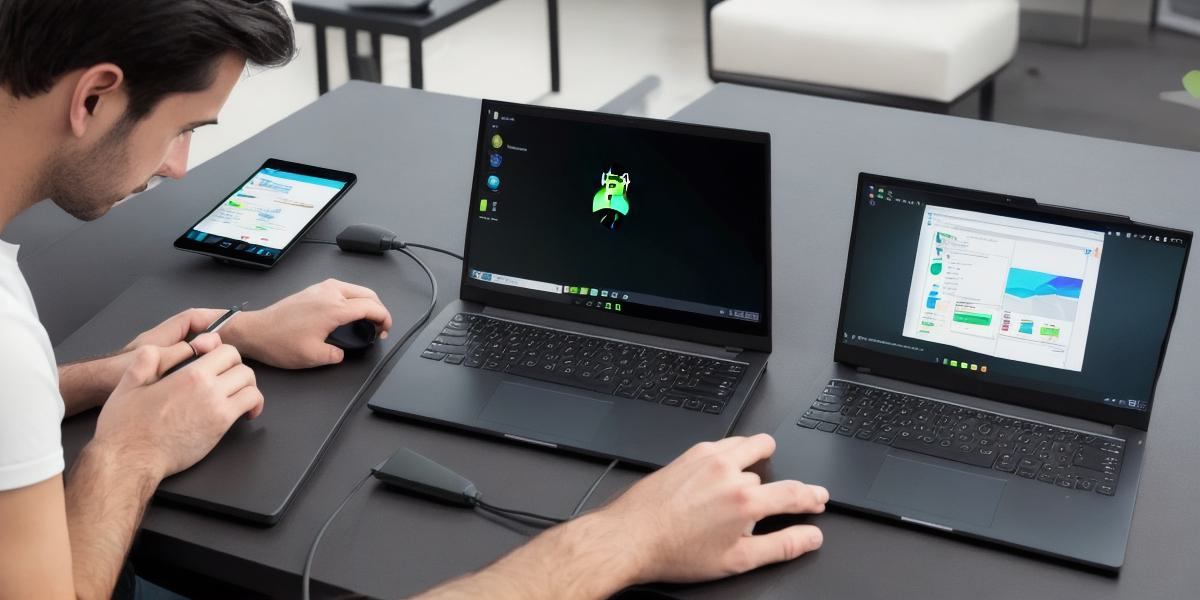Introduction:
Android is one of the most popular mobile operating systems, with over 2.5 billion active devices worldwide. Developing Android apps can be a rewarding experience, but it requires a specific set of skills and tools. In this article, we will explore how to set up Android development with Qt, a powerful cross-platform development framework that allows you to create stunning apps for multiple platforms, including Android.
Why Choose Qt for Android Development?

Qt is an open-source framework that supports C++, Python, JavaScript, and other programming languages. It provides a wide range of tools and libraries for developing apps for various platforms, including Android, iOS, Windows, and Linux. Qt offers several advantages over traditional Android development tools:
- Faster Development Time: With Qt’s intuitive drag-and-drop interface, you can create stunning Android apps in a fraction of the time it would take with traditional Android development tools.
- Cross-Platform Development: Qt allows you to develop apps for multiple platforms with a single codebase, saving you time and effort.
- Richer User Interfaces: Qt provides a wide range of built-in UI components that allow you to create stunning user interfaces for your Android apps.
- Better Performance: Qt uses advanced rendering techniques and optimizations that result in faster app performance and smoother user experiences.
Getting Started with Qt for Android Development:
To get started with Qt for Android development, follow these steps:
- Download and Install Qt Creator: Qt Creator is the official Integrated Development Environment (IDE) for Qt. It provides a powerful set of tools for developing apps for multiple platforms, including Android. You can download Qt Creator from the official website.
- Create a New Project: Once you have installed Qt Creator, create a new project by selecting "Qt Widgets Application" from the "Qt" menu. Give your project a name and select the location where you want to save it.
- Add the Android SDK: To develop Android apps with Qt, you need to add the Android SDK to your project. You can do this by going to the "Build Settings" window in Qt Creator and selecting the "Android" tab. From here, you can select the Android SDK version you want to use and configure other settings.
- Design Your User Interface: Qt provides a wide range of built-in UI components that allow you to design stunning user interfaces for your Android apps. You can drag and drop these components onto your app’s main window or other widgets to create a custom layout.
- Write the Code: Once you have designed your user interface, you can start writing the code for your app. Qt uses C++ as its primary programming language, but it also supports Python, JavaScript, and other languages. You can write the code in the "MainWindow.cpp" file in the "Forms" folder of your project.
- Build and Run Your App: Once you have written the code for your app, build it by going to the "Build" menu in Qt Creator and selecting "Build Solution". This will compile your code and create an APK file that you can install on Android devices. You can then run your app by connecting your Android device to your computer and selecting it from the "Devices and Simulators" window in Qt Creator.
Conclusion:
In conclusion, setting up Android development with Qt is a straightforward process that allows you to create stunning apps for multiple platforms using a single codebase.
